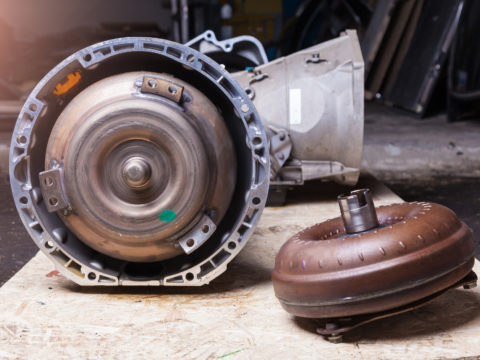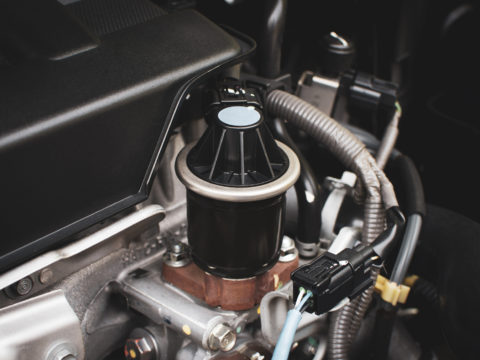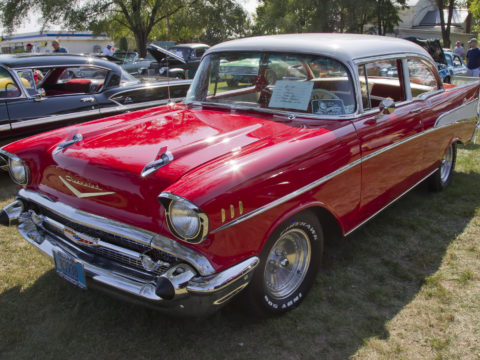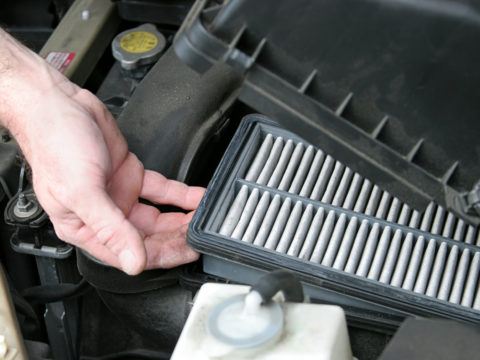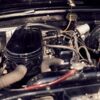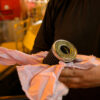As anyone who’s ever been in a fender bender knows, car accidents are never fun. But what about those times when your car seems to be sabotaged from the inside out?
Unfortunately, there are various ways that someone can ruin your car’s engine by tampering with the gas tank.
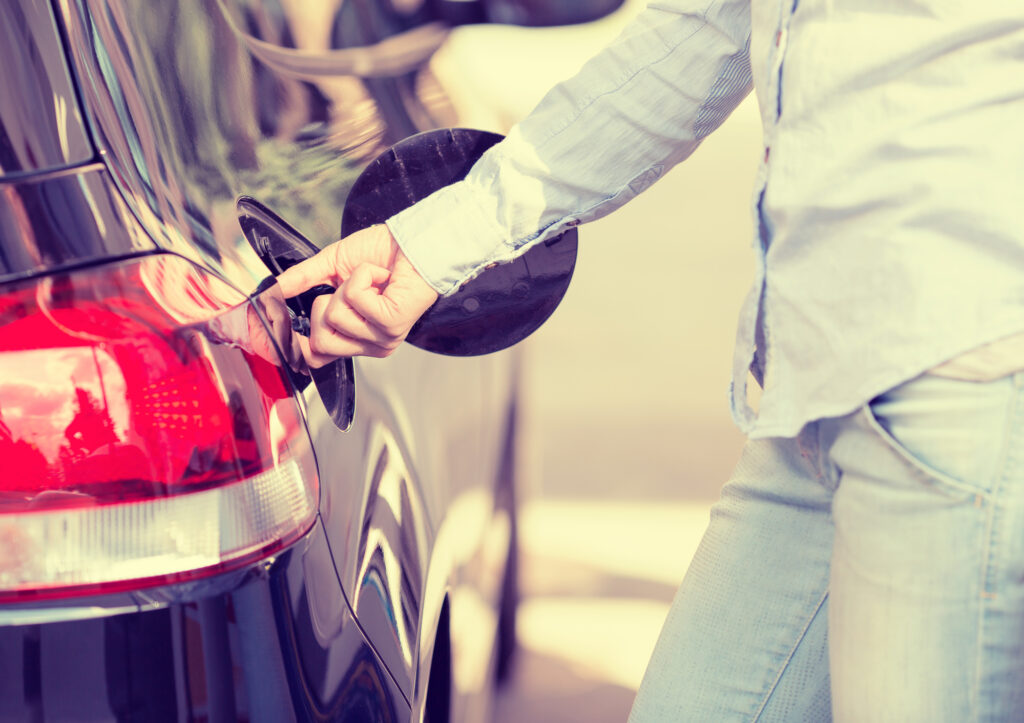
Contents
Can a Car Engine Be Ruined Through the Gas Tank?
The short answer is yes. Pouring anything other than gasoline or diesel into your gas tank can ruin your engine.
Things that can wreak havoc on your car’s internal combustion engine include:
- Water
- Salt
- Sugar
- Soft drinks
- Urine
- Hydrogen peroxide
How To Ruin an Engine Through the Gas Tank?
There are many ways to ruin your engine by tampering with the gas tank. Here are 7 of the most common:
Pour Water Into the Gas Tank
Water is perhaps the most common thing that people mistakenly put in their gas tanks. It’s easy to do if you’re in a hurry and grab the wrong nozzle. And while water is essential for life, it’s not so great for your car.
When water mixes with gasoline, it can cause corrosion and rust to the components in your engine. In fact, water is one of the leading causes of engine failure.
Sugar in the Gas Tank
While sugar may not seem like it would be harmful to your car, it can be very damaging. Sugar can clog up the fuel injection system and cause the engine to run less efficiently.
In extreme cases, sugar can cause the engine to seize completely. Sugar granules can also scratch the inside of the fuel tank, which can lead to corrosion and leaks.
Salt in the Gas Tank
It may seem counterintuitive, but one of the best ways to ruin an engine is to pour salt into the gas tank.
Salt is highly corrosive, so pouring it into your gas tank will cause the metal to rust and deteriorate.
Over time, the salt will eat away at the tank, causing holes and leaks. Eventually, the salt will make its way into the engine, causing extensive damage.
Urine in the Gas Tank
We all know that urine is full of waste and toxins. But did you know that it can also ruin an engine? That’s right; urine is one of the most corrosive liquids you can put in a gas tank.
The acids in urine will eat away at the metal, causing rust and holes. In addition, the waste products in urine can clog up the fuel injection system and cause the engine to run less efficiently.
Coca-Cola in the Gas Tank
Coke is known to possess corrosive effects because it contains phosphoric acid. So, pouring a significant amount of coke into the gas tank will ruin the engine.
A mixture of coke and gasoline reacts and clogs up the engine. The same thing happens if you also put other soft drinks in there.
It is easy to detect if your gas tank has coca-cola because of the foul-smelling fumes the car produces.
Hydrogen Peroxide
Hydrogen peroxide is an oxidizing agent which causes other materials to rust or corrode. When it comes into contact with an engine’s metal and plastic components, it begins to break those materials down, causing irreversible damage.
In short, if you put hydrogen peroxide in your gas tank, you ruin your engine for good. And that’s not even considering that your car will probably never run properly again, even if you manage to get it started.
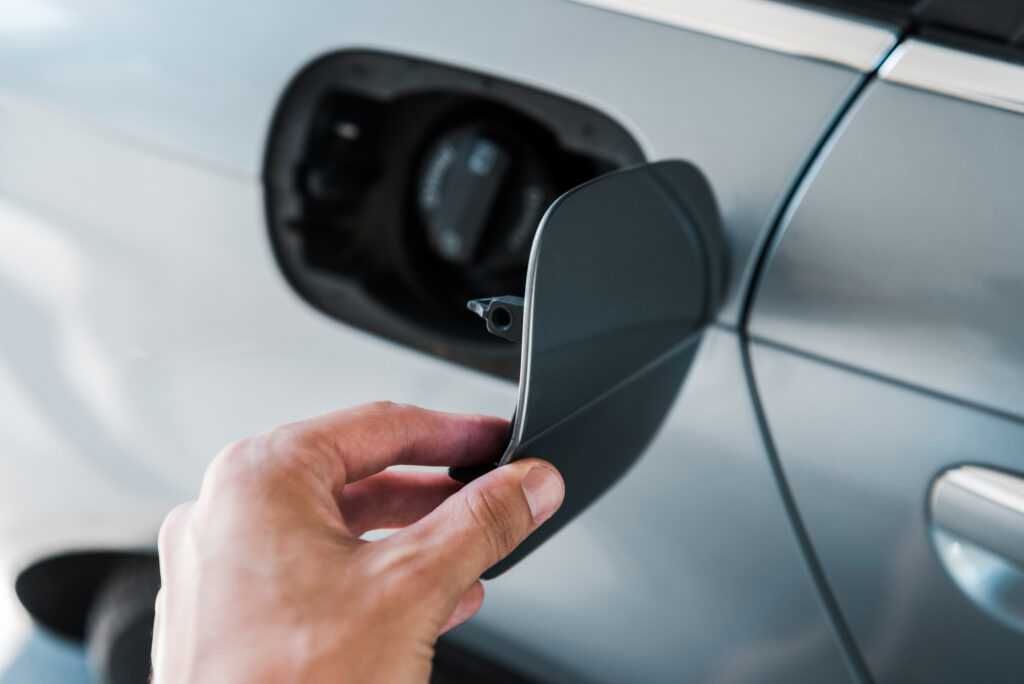
Adding Bleach to a Gas Tank
Hydrogen peroxide is highly corrosive. When it comes into contact with metal, it breaks down the metal molecules and causes them to rust.
Rust is a type of corrosion that happens when iron or steel comes into contact with oxygen and moisture.
When you put hydrogen peroxide into a car’s gas tank, it comes into contact with the engine’s metal parts.
The breakdown of these metal molecules caused by hydrogen peroxide can cause the engine to seize up and fail. In some cases, the damage caused by hydrogen peroxide may be irreparable.
How To Tell if Your Gas Tank Has Been Tampered With
If you notice any of the following signs, your gas tank may have been tampered with:
Your Car Fails To Start
If your car doesn’t start, it could be because the fuel in the tank has been contaminated. Check to see if there is any unusual residue in the tank. If you notice any, someone may have poured a corrosive substance into the tank.
White Smoke/Fumes Coming Out of the Exhaust Pipe
If you see white smoke or fumes from the exhaust pipe, it’s a sign that the fuel in the tank has been contaminated.
The white smoke is steam, and it forms when the water in the fuel reacts with the metal in the engine.
Your Car’s Engine Is Making Strange Noises
If your car’s engine makes strange noises, it could be because a corrosive substance has damaged the metal parts. Listen for unusual sounds and take your vehicle to a mechanic if you notice anything unusual.
The Car Stalls at Idle
A car dies while idling because the engine is not receiving sufficient power, air, and fuel. If the filter is clogged, the fuel fails to get to the engine, causing the car to stall at idle.
When you notice this, it is time to check the engine.
What To Do if Your Gas Tank Is Tampered With
If you notice that something is a miss from your car, this is what you do:
Don’t Drive the Vehicle
Don’t drive if you think your car’s gas tank has been tampered with. Driving the car will only spread the contamination and cause further damage to the engine.
Get Your Car Towed to a Mechanic
If your car won’t start, or if you notice any other signs of something wrong, get your vehicle towed to a mechanic. A qualified mechanic will be able to diagnose the problem and make the necessary repairs.
Contact the Car Insurance Company Immediately
If you have comprehensive car insurance, contact your insurer as soon as possible. Many insurers will cover the cost of repairing or replacing a damaged engine, but you’ll need to provide them with all the details.

